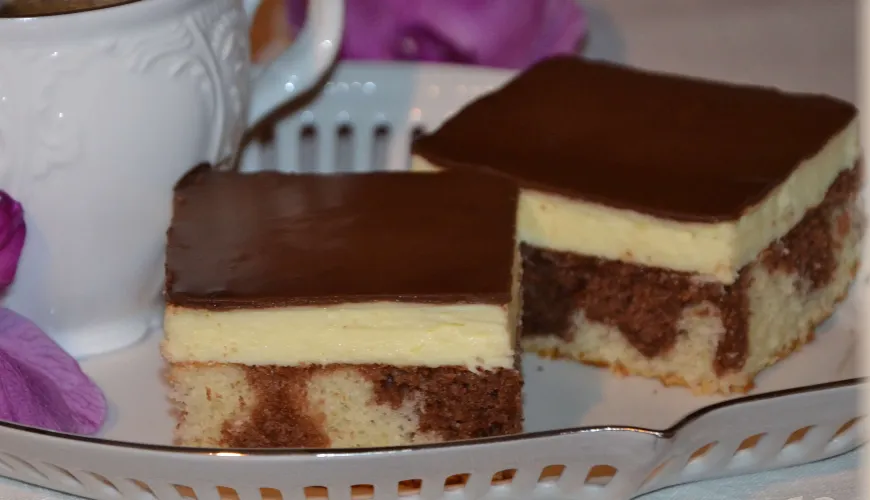
Enjoy sweet holidays without added sugar

How to Make Sugar-Free Sweets and Improve Your Health
For many people, sweets are an essential part of holiday tables and family celebrations. With a growing interest in a healthier lifestyle, more and more people are focusing on ways to enjoy this traditional treat without the classic sugar. Sugar-free sweets are becoming a popular solution for those who want to minimize their intake of refined sweeteners and provide the body with quality nutrition without sacrificing sweet taste and pleasure. What does making sugar-free sweets involve, what ingredients are used, and what are the benefits of this choice?
What is Sugar-Free Sweets and Why Choose It?
Sugar-free sweets are a modified version of traditional pastries where classic white sugar is replaced with alternative sweeteners or natural ingredients with inherent sweetness. Consuming classic sugar can lead to many health complications, such as high blood sugar fluctuations, inflammatory reactions in the body, increased risk of overweight and metabolic issues. Sugar-free sweets offer a way to enjoy sweet treats without taking health risks. For those who pay attention to a balanced diet, sugar-free sweets are a great choice because they contribute to more stable energy levels and can be made from nutritious ingredients full of vitamins, minerals, and fiber.
How to Prepare Sugar-Free Sweets?
Making sugar-free sweets requires a bit of creativity since traditional ingredients are replaced with healthier alternatives. Refined sugar can easily be substituted in recipes with naturally sweet ingredients, such as blended dates, raisins, dried plums, or other types of dried fruit. These ingredients not only add sweetness but also enrich the sweets with fiber, which slows sugar absorption and helps maintain stable blood glucose levels. Additionally, dried fruit provides the body with various micronutrients.
Another popular choice is natural sweeteners like honey, maple syrup, or agave syrup. These sweeteners have a lower glycemic index than classic sugar, meaning they put less strain on the pancreas and overall metabolism. For a truly low-calorie option, you can opt for stevia or xylitol. Stevia is an excellent natural sweetener that has no calories and is many times sweeter than sugar. Xylitol is also suitable for diabetics as it doesn't significantly affect blood sugar levels.
Choosing Flour and Healthy Fats
In addition to sweeteners, sugar-free sweets often use alternative types of flour and fats to maintain a healthier nutritional value. Classic flour can be replaced with, for example, almond or coconut flour, which are rich in proteins and healthy fats. Almond flour provides a delicate nutty flavor that fits well into many types of sweets, while coconut flour adds a lightly exotic touch. These flours are also naturally gluten-free, which is appreciated by people with gluten sensitivity.
Instead of classic butter or margarine, you can use coconut oil or plant-based butter, such as avocado or nut butter. Coconut oil has a mild coconut taste that adds smoothness to sweets and contains healthy fatty acids. Avocado butter is excellent for its creamy consistency and great baking properties.
Examples of Ingredients and Naturally Sweet Ingredients
For making sugar-free sweets, ingredients like dates, figs, or dried apricots are perfect, which can be blended into a paste and used as a basic sweetener. These ingredients not only add sweetness but also natural moisture and lightness to the sweets. Other popular components include nuts, such as almonds, hazelnuts, or cashew nuts, which can be either chopped and mixed into the dough or ground into fine flour. They add a delicate texture and healthy fats, which give sweets a delightful taste.
If you're looking for inspiration for really unique flavors, you can also add spices like cinnamon, vanilla, cardamom, or nutmeg to sugar-free sweets. These spices give sweets a rich flavor while being non-caloric.
Try our natural products
Possible Variations of Sugar-Free Sweets
There are many different types of sugar-free sweets that you can prepare to your taste. For example, balls made of dates, coconut, and nuts have become a popular healthy alternative for Christmas sweets. Chocolate pralines with stevia are another great tip for those who love chocolate but want to avoid sugar. If you prefer light and refreshing flavors, try coconut balls with lemon and honey.
Sugar-free sweets can also be simple and quick to prepare – many types can be made by mixing just a few ingredients, shaping them into balls or bars, and then briefly baking or chilling them in the fridge. Preparing healthier sweets is not as time-consuming and offers opportunities to creatively experiment with different flavors.
Sugar-free sweets are a great choice for anyone interested in healthier alternatives to sweet treats. Not only do they offer a sweet taste without refined sugar, but they also provide the body with quality nutrients that contribute to well-being and energy.



